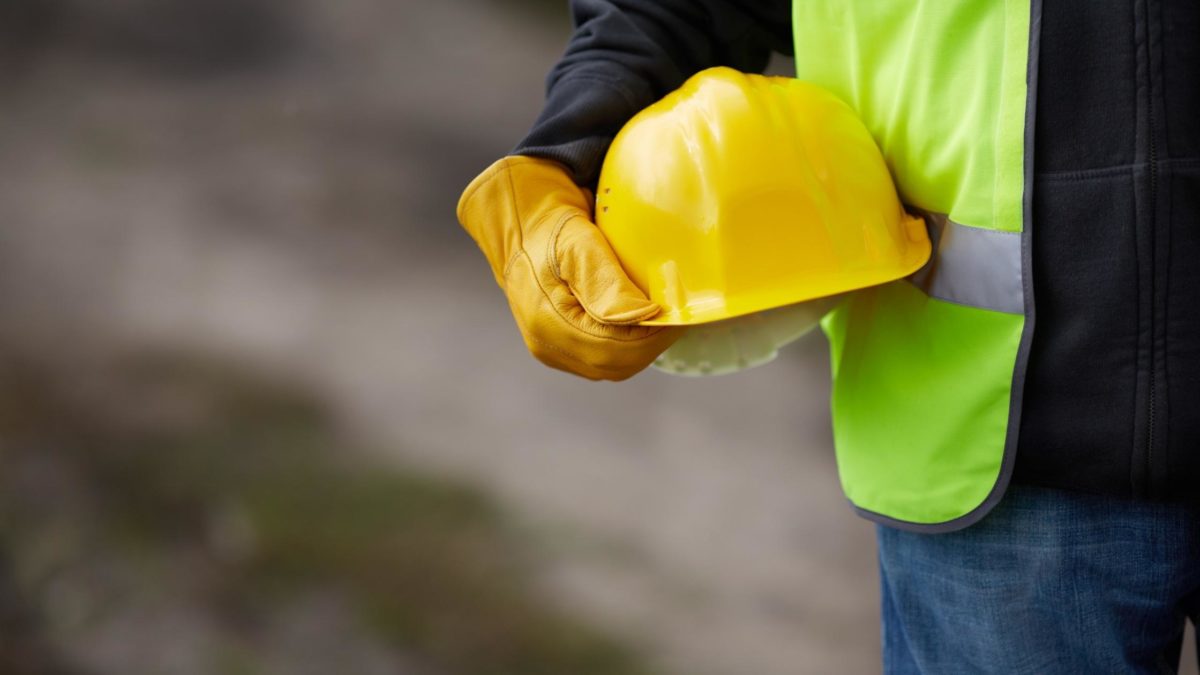It is estimated that each year around 22 million Americans are exposed to dangerous levels of noise at work. Another 9 million are exposed at their workplace to ototoxic chemicals, chemicals that can damage the ears. Together this makes hearing loss the most common workplace injury in the country.
RISKY JOBS
Consider how common jobs in these industries are that pose risks to their workers. Most of us are sure to know someone who works in one of these fields.
CONSTRUCTION and FACTORY sectors: The machinery at construction and landscaping sites, at industrial farms, and on factory floors, roars all day at dangerous levels. It is no exaggeration to say that the smooth operations of our entire society depend on these industries, but the rights of the workers are rarely considered.
EMERGENCY WORKERS: Emergency workers such as ambulance drivers and firemen are also exposed regularly. Think of how we all instinctively flinch when a siren passes, yet they endure exposure all day, day in and day out.
FLIGHT CREWS: The roar of a jet engine during takeoff is likely something we may not even notice when we are passengers on a flight. The whole shock of lifting off is enough that we may not notice the volume specifically. But flight crews are exposed to these damaging volumes every flight.
NIGHTLIFE: Other industries that we commonly see as recreation have dangerous volume levels built into their core. In the music industry, everyone who works the concerts from sound engineers to security is exposed nightly. The ushers and vendors in sports stadiums spend many hours every week within the deafening roar of the crowd’s cheers. And in crowded bars, restaurants, and nightclubs not only does the volume of the background music and chatter pose a risk, but leaning in closely to hear people shout their orders over the background noise has a cumulative risk.
INSTITUTIONAL PREVENTATIVE STEPS
It is estimated that compensating workers for hearing loss disability costs industries $242 million annually. Some institutional steps have been taken to advocate for better practices across industries. The National Institute for Occupational Safety and Health (NIOSH), along with The Hearing Loss Prevention Cross-Sector Research Program, has identified its priorities in occupational hearing loss research.
These are:
—Engineering controls and hearing loss education in the Construction sector
—Reducing exposure to hazardous noise and ototoxic chemicals in the Manufacturing sector
—Improving engineering controls and hearing loss surveillance in Mining
—Reducing exposure to hazardous noise and ototoxic chemicals in the Oil and Gas Extraction industries
—Reducing exposure to hazardous noise in the Services
PERSONAL STEPS
But until these recommendations become law, it is imperative for each working in these industries to adopt their responsible habits. Common foam earplugs available at any corner pharmacy make a tremendous difference. They reduce sound levels by 15-30 decibels, a significant amount for prolonged exposure. Customized earplugs that filter out specific frequencies according to the individual’s needs can make an even bigger difference and likely pose fewer drawbacks. Even if the work environment does not allow someone to keep their earplugs on all the time, wearing them for short periods when they can expect the volumes to swell can make a meaningful impact on your overall hearing health.
Of course, certain workplaces have normalized unhealthy conditions and this is by no means intentional. When one returns to work day after day to witness their coworkers not practicing proper safety precautions, why should it even occur to someone that maybe they should do something different? If it is OK for them, why would it not be OK for me? No one wants to adopt any habits that may either imply a judgment on the norms of their peers or make themselves look weak in comparison to the group. But of course, this sounds ridiculous when stated plainly like this.
Hearing loss affects almost 50 million Americans each year, more than diabetes or cancer. And sadly, more than 2/3 of these people who suffer from it do so without seeking treatment. Untreated hearing loss often leads to social isolation, loneliness, depression, disorientation, and impaired cognitive abilities. Who would possibly risk these consequences unnecessarily? If you or someone you love works in one of these industries commit today to forming better preventative habits. And make an appointment with one of our specialists today to know exactly what risks you have already absorbed so you can plan accordingly.

